As landscapers, Deck and Patio’s team is frequently asked by homeowners to plant flowers that will attack butterflies. Yet even we were surprised at how widespread the desire for butterfly gardens has become.
In speaking recently with our friends at Hicks Nurseries, in Westbury, we learned that they have seen a huge spike in the purchase of pollinator-friendly plants, as well as a large uptick in the size of audiences attending seminars on the subject.
“Those interested are outdoor people, who traditionally enjoyed creating gardens that brought in birds to feeders and provided opportunities to watch butterflies,” says Caldwell. “More and more, however, we’re seeing a desire to create safe havens for butterflies, as well as other pollinators, including bees and hummingbirds.”
Caldwell says the growing awareness in how pesticides has affected the pollinator populations has helped stir this awakening. “Butterflies and other animal groups are having trouble with repopulation because it is so hard for them to find pure food sources. Butterflies, for example, often use too much energy hunting for food.
“It’s also key to create a safe habitat for their caterpillars. Some herbs are ideal for that; Dill and Dutchman’s Pipe, for example, not only provide caterpillars food, but also protective cover before they turn into butterflies.”
Organic gardening and environmentally-friendly lawn care products go hand-in-hand with protecting and attracting the pollinators, Caldwell adds. Dave Stockwell, owner of Deck and Patio, agrees.
“Earth-friendly lawn and plant care is very possible,” he says. “It isn’t essential to go for a fast kill of plant disease and pests. In doing that, you might also hurt helpful organisms in the process. Heavy use of toxic chemicals are also dangerous to pets and children. It is much healthier to control them — and protect butterflies and other pollinators in the process — through a more organic approach.”
As for ideal food, tubular-shaped plants or “Umbrels” provide a wonderful sanctuary for butterflies. “These give them a landing plant filled with nectar just waiting for them,” says Caldwell. She also suggests a seasonal approach that not only provides multi-seasonal color in gardens, but extra months of safe, bountiful habitats.
“In spring, you can plant Columbine, Bachelor Buttons, Bleeding Hearts, and Dianthus, for example. In summer, there’s 30-40 plants to choose from, including Black Eyed Susan, Butterfly Weed, Butterfly Bush to name just a few. In fall, there’s Sedums, Joe Pye Weed, Asters, and Golden Rod.”
Butterflies will get plenty of moisture from droplets left from sprinklers, morning dew, etc. “However, they do seem to love oranges, not only for food, but to quench their thirst,” says Caldwell. Note: To keep ants away from the fruit, put the slice on a smaller dish and insert it into a larger one with water. Also, cut fresh slices into the fruit every day.
“We were delighted to learn that so many Long Islanders are helping, in their own quiet way, to help the environment” says Dave Stockwell. “They’re celebrating Earth Day, every day, by creating safe, beautiful habitats for butterflies and other pollinators.”


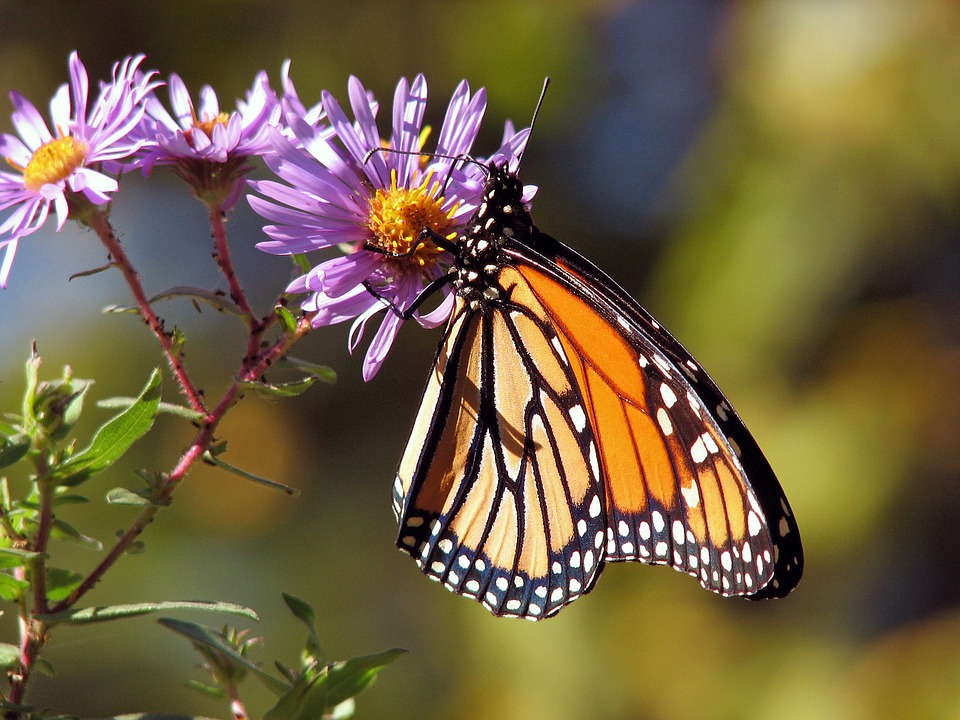
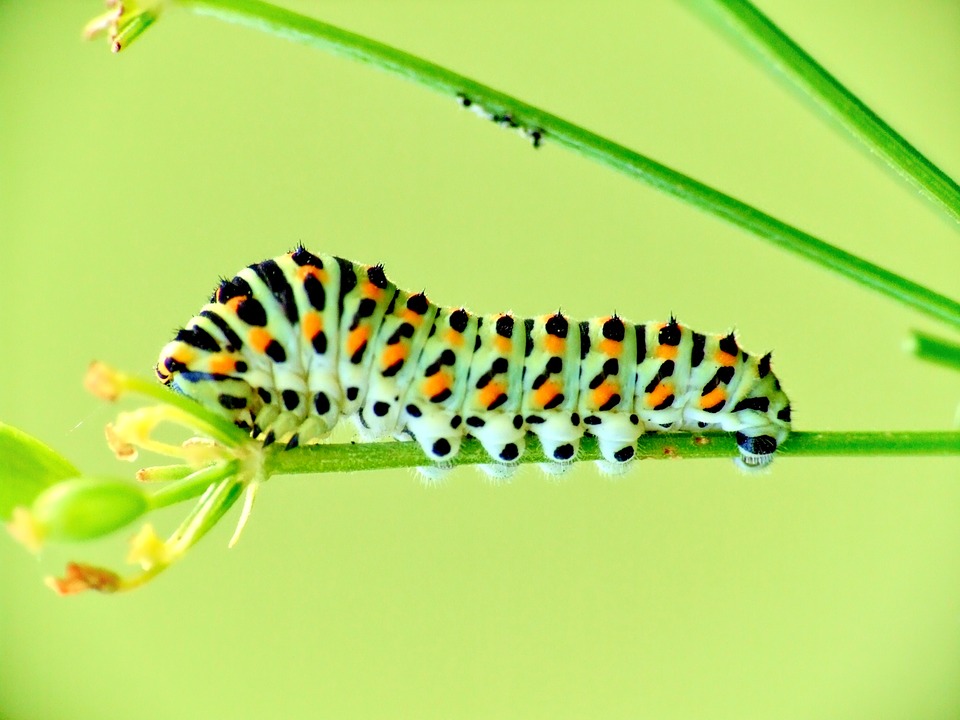

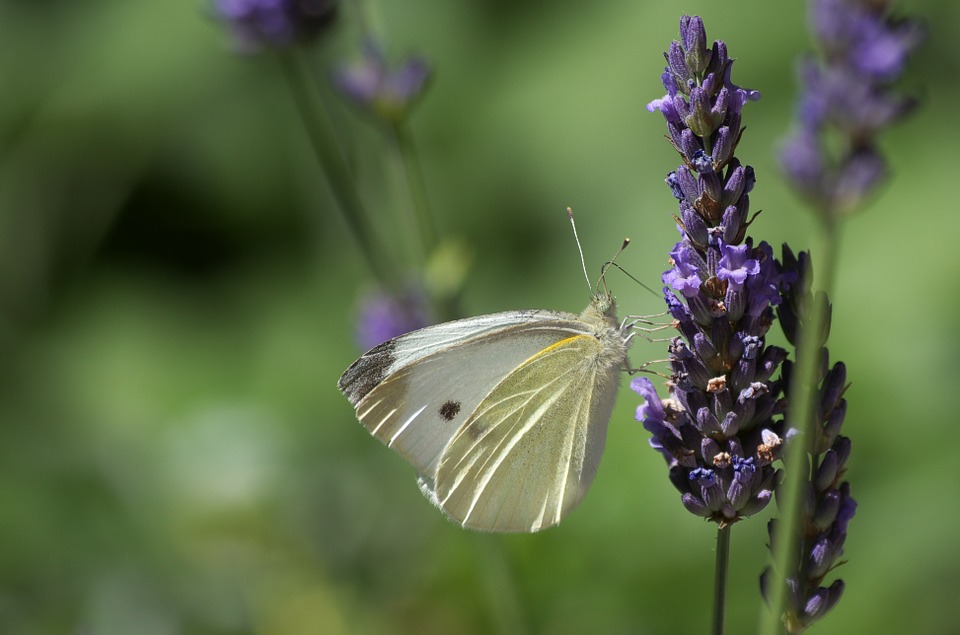
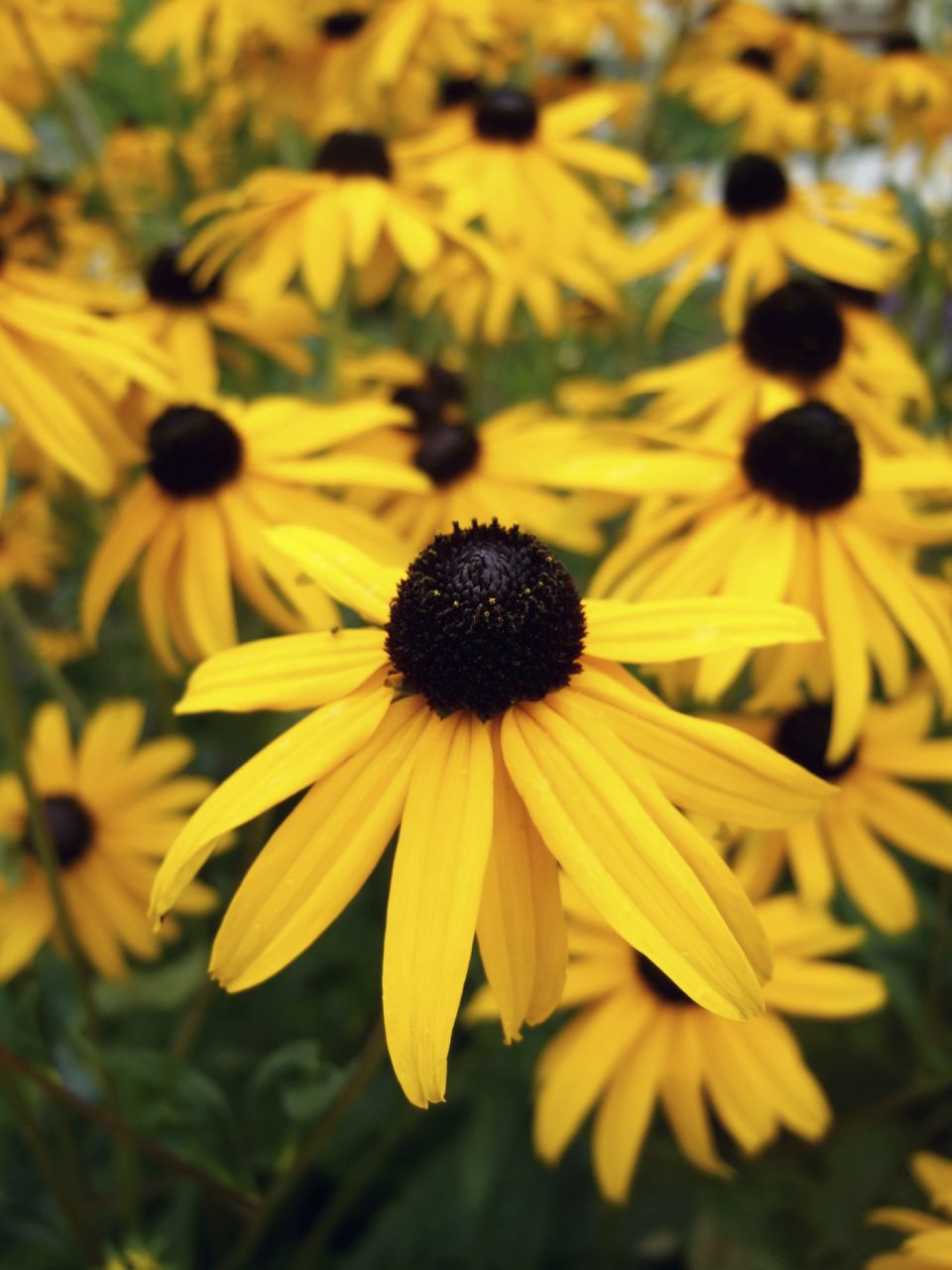
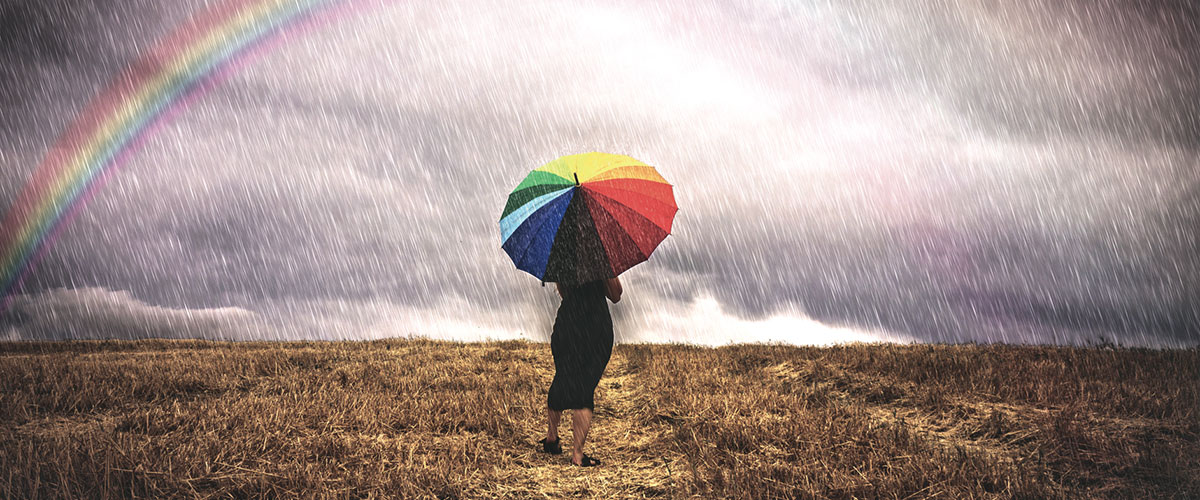
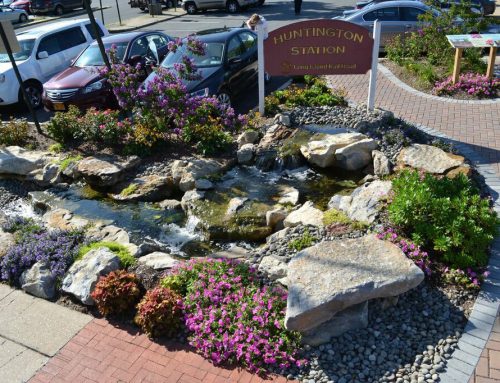



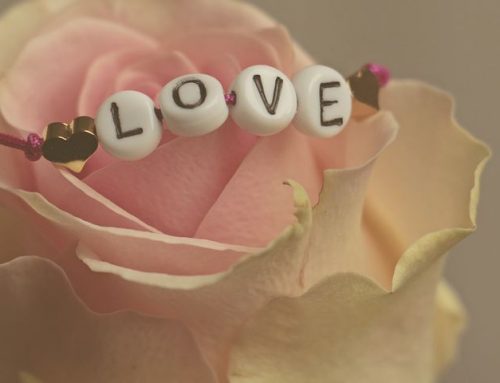
Leave A Comment
You must be logged in to post a comment.